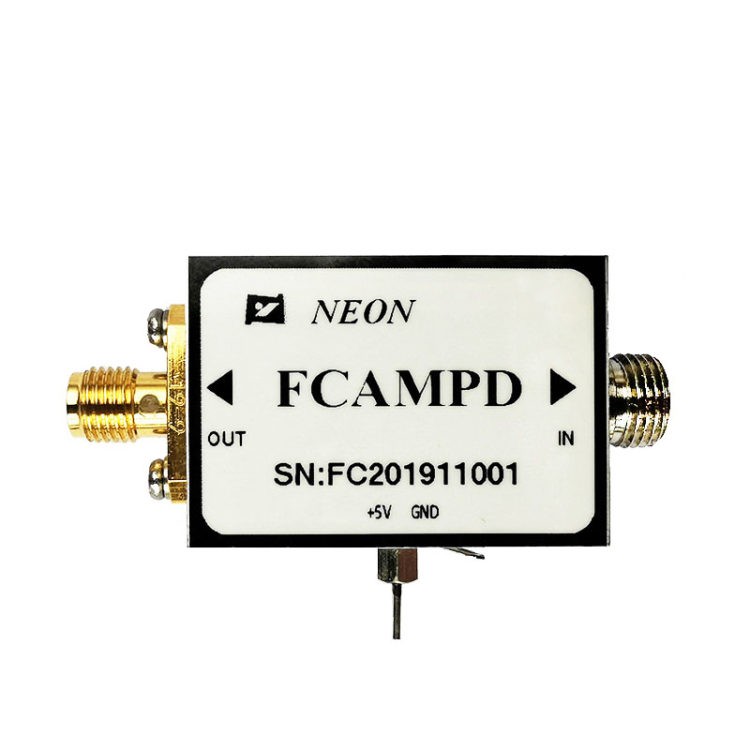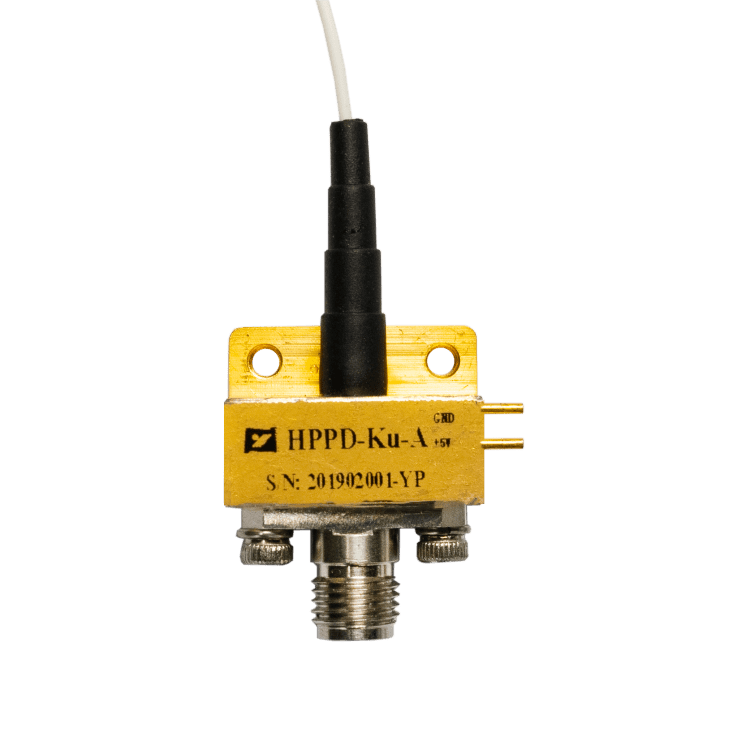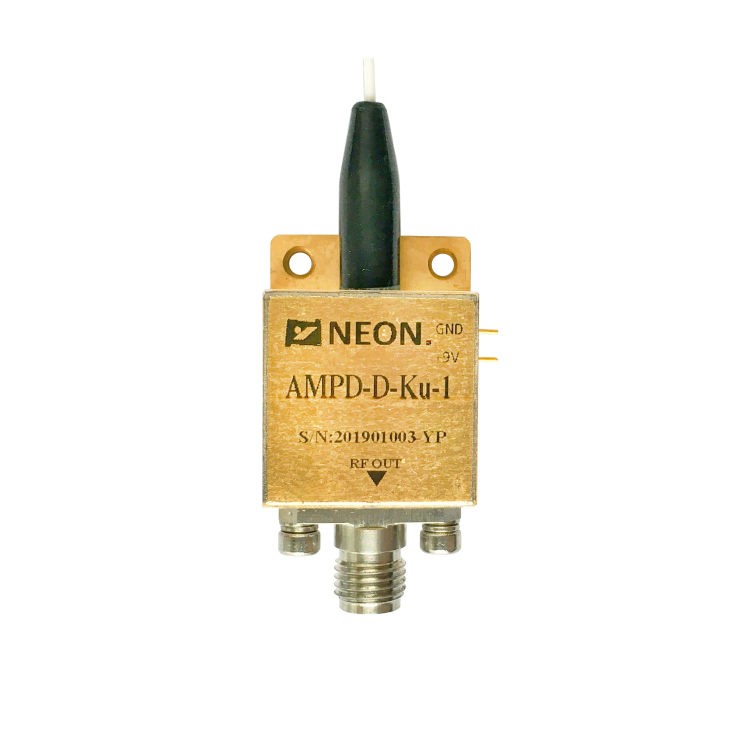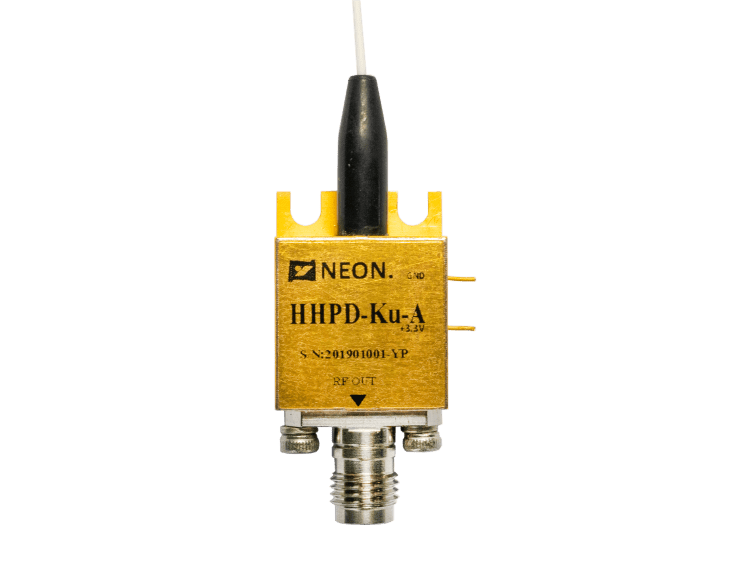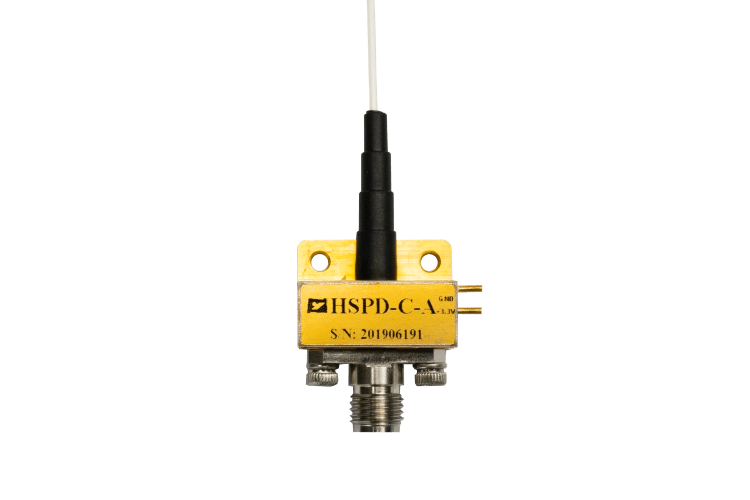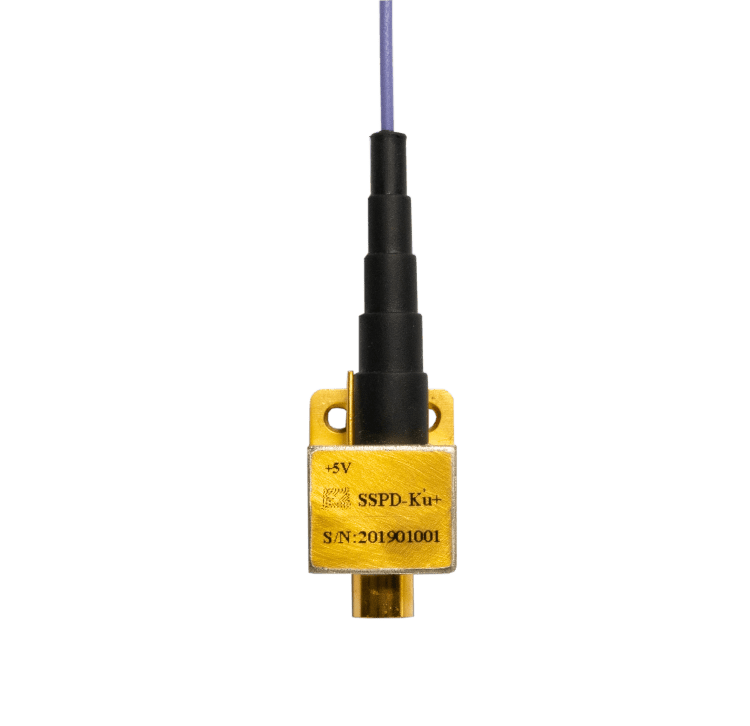Understanding the Noise Characteristics of InGaAs PIN Photodetectors
InGaAs PIN photodetectors are highly sensitive devices that are commonly used in a range of applications, including telecommunications, spectroscopy, and remote sensing. One important aspect of their performance is their noise characteristics, which can impact the signal-to-noise ratio and overall sensitivity of the device. Here, we will explore the noise sources in InGaAs PIN photodetectors, the noise-equivalent power (NEP), and techniques to reduce noise in these devices.
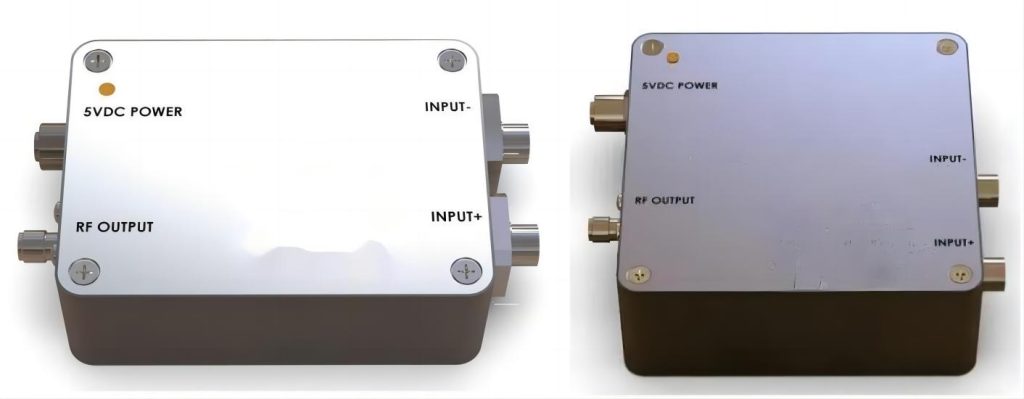
Noise sources in InGaAs PIN photodetectors
There are several noise sources that can impact the performance of InGaAs PIN photodetectors. The most significant of these are dark current noise, shot noise, and thermal noise.
Dark current noise is generated by the flow of electrons through the device even when no light is present. This noise source can impact the signal-to-noise ratio of the device, and its magnitude depends on the bias voltage applied to the device. As the bias voltage increases, so too does the dark current noise, which can ultimately limit the device’s sensitivity.
Shot noise is generated by the random arrival of photons at the detector, resulting in fluctuations in the current. This noise source can be significant at low light levels and is proportional to the square root of the photocurrent. As the photocurrent increases, shot noise becomes less significant.
Thermal noise, also known as Johnson noise, is generated by the random thermal motion of electrons in the device. This noise source is proportional to the square root of the device’s resistance and the bandwidth of the measurement system. Thermal noise can be a significant noise source, particularly at high temperatures.
Noise-equivalent power (NEP)
Noise-equivalent power (NEP) is a measure of the minimum detectable power of a photodetector. It is defined as the input power that produces a signal-to-noise ratio (SNR) of one at the output of the detector. In other words, NEP is a measure of the device’s sensitivity to light.
NEP is affected by the noise sources mentioned above. Dark current noise, shot noise, and thermal noise can all contribute to the NEP of the device. As a result, minimizing these noise sources is critical for achieving high sensitivity in InGaAs PIN photodetectors.
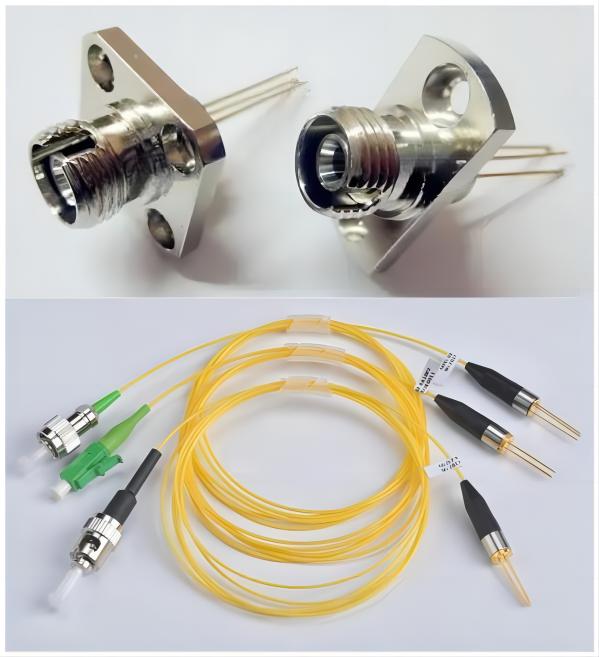
Techniques to reduce noise in InGaAs PIN photodetectors
There are several techniques that can be used to reduce noise in InGaAs PIN photodetectors. These include cooling the device, improving device design, and signal processing.
Cooling the device can reduce thermal noise and dark current noise. By reducing the temperature of the device, the number of thermally generated electrons is reduced, resulting in less dark current noise. Cooling can also reduce thermal noise by reducing the thermal energy of the electrons in the device. Cryogenic cooling, such as liquid nitrogen or helium cooling, can be used to achieve very low temperatures and reduce noise. This way is the same to reduce the noise of the pin photodiode.
Improving device design can also reduce noise in InGaAs PIN photodetectors. This can include optimizing the structure and material properties of the device to reduce noise sources. For example, reducing the device’s active area can reduce dark current noise. Similarly, optimizing the doping concentration of the device can reduce shot noise.
Signal processing techniques can be used to reduce noise in the measured signal. For example, lock-in amplifiers can be used to extract a small signal from a noisy background. These techniques are particularly useful in low-light environments where noise can be a significant factor.
Applications of InGaAs PIN photodetectors in low-noise environments
InGaAs PIN photodetectors are commonly used in low-noise environments, such as telecommunications, spectroscopy, and remote sensing applications.
In telecommunications, InGaAs PIN photodetectors are used to receive optical signals in fiber optic communication systems. The sensitivity and low noise characteristics of these devices are critical for maintaining high data transmission rates and minimizing errors in the signal.
In spectroscopy, InGaAs PIN photodetectors are used to detect and measure the intensity of light in various wavelengths. The low noise characteristics of these devices are particularly important in applications where the signal-to-noise ratio is critical for accurate measurements.
In remote sensing applications, InGaAs PIN photodetectors are used to detect and measure the intensity of light emitted from objects or environments. These devices can be used to detect and measure infrared radiation emitted by objects, which can provide valuable information about the object’s temperature and chemical composition.

Conclusion
InGaAs PIN photodetectors are highly sensitive devices that are used in a range of applications, including telecommunications, spectroscopy, and remote sensing. The noise characteristics of these devices can impact their sensitivity and signal-to-noise ratio, which is critical for accurate measurements and data transmission. Understanding the noise sources in InGaAs PIN photodetectors and implementing techniques to reduce noise can improve their sensitivity and performance in low-noise environments. As technology continues to advance, InGaAs PIN photodetectors are expected to play an increasingly important role in various industries and applications.


